How to get TensorFlow Production and Developement Kit on AZURE
This section describes how to launch and connect to TensorFlow Production and Developement Kit in Azure.
- Open TensorFlow Production and Development Kit VM listing on Azure Marketplace
 ](https://techlatest.net/img/azure/tensorflow/marketplace.png)
](https://techlatest.net/img/azure/tensorflow/marketplace.png)
- Click on Get It Now
- Select a Resource group for your virtual machine
- Select a Region where you want to launch the VM(such as East US)
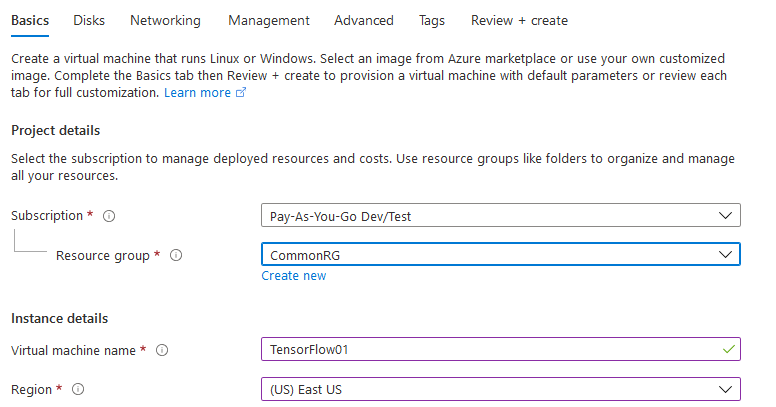
-
Optionally change the number of cores and amount of memory.
-
Select the Authentication type as Password and enter Username as ubuntu and Password of your choice.
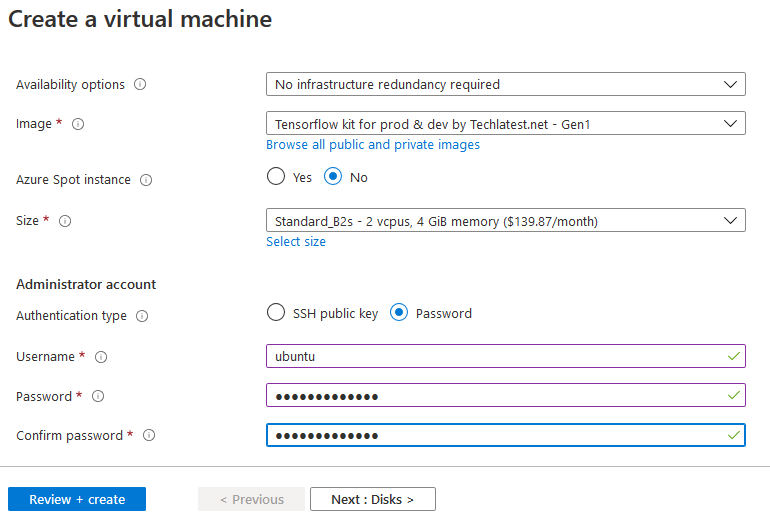
-
Optionally change the OS disk type.

- Optionally change the network and subnetwork names.Be sure that whichever network you specify has ports 22 (for ssh), 3389 (for RDP) and 80 (for HTTP) exposed.

- Optionally go to the Management, Advanced and Tags tabs for any advance settings you want for the VM.
- Click on Review + create and then click on Create when you are done.
Virtual Machine will begin deploying.
- A summary page displays when the virtual machine is successfully created. Click on Go to resource link to go to the resource page. It will open an overview page of virtual machine.

- In the left navigation pane, select Run command, select RunShellScript and enter following command to change the password of the vm .
sudo echo ubuntu:yourpassword | chpasswd
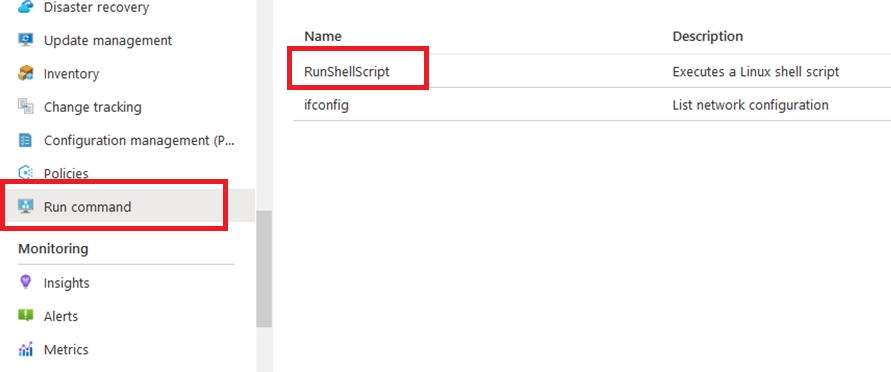
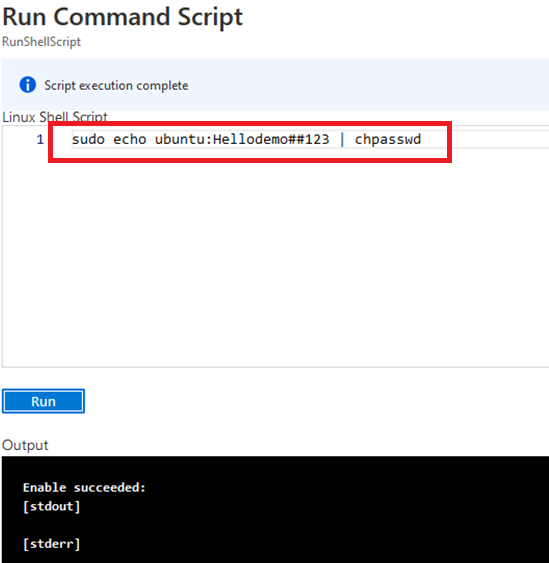
-
Now the password for ubuntu user is set, you can connect to the VM’s desktop environment from any local windows machine using RDP protocol or local linux machine using Remmina.
-
To connect using RDP via Windows Machine, first note the public IP address of the VM from VM details page as highlighted below

- Then From you local windows machine, goto “start” menu, in the search box type and select “Remote desktop connection”.
In the “Remote Desktop connection” wizard, copy the public IP address and click connect

- This will connect you to the VM’s desktop environment. Provide the username (e.g “ubuntu”) and the password set in the step4 to authenticate. Click OK
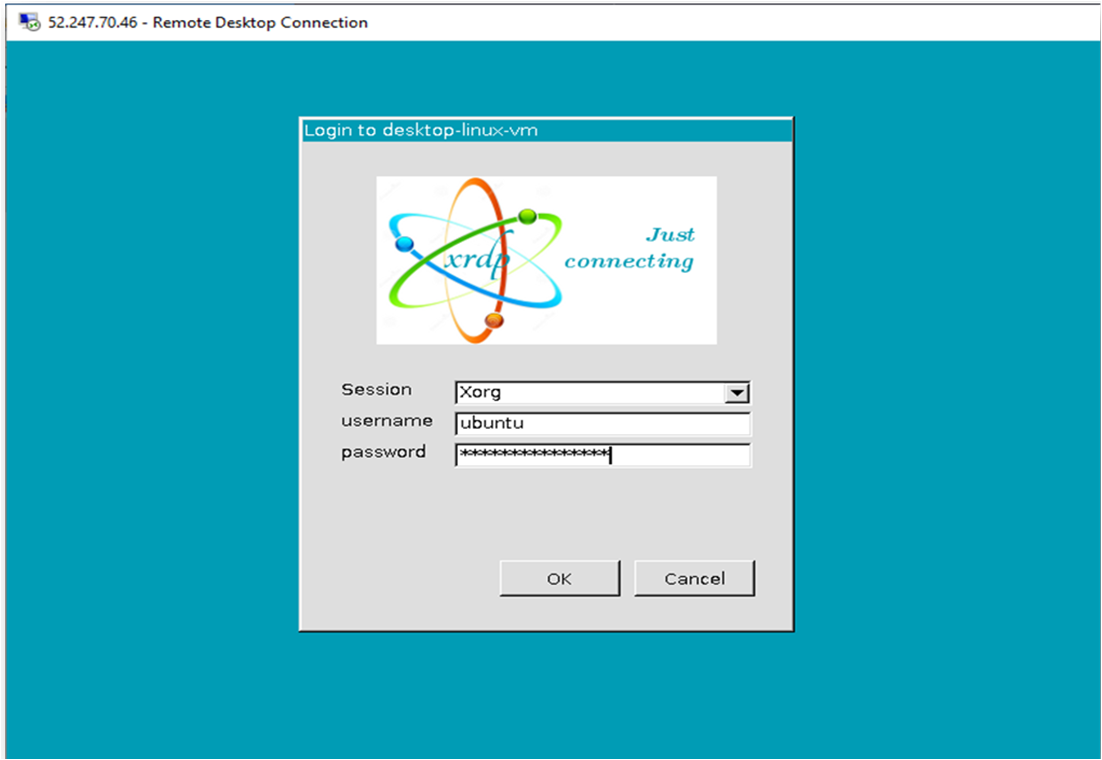
- Now you are connected to the out of box TensorFlow Production and Development Kit environment via Windows Machine.

-
To connect using RDP via Linux machine, first note the external IP of the VM from VM details page,then from your local Linux machine, goto menu, in the search box type and select “Remmina”.
Note: If you don’t have Remmina installed on your Linux machine, firstInstall Remmina as per your linux distribution.
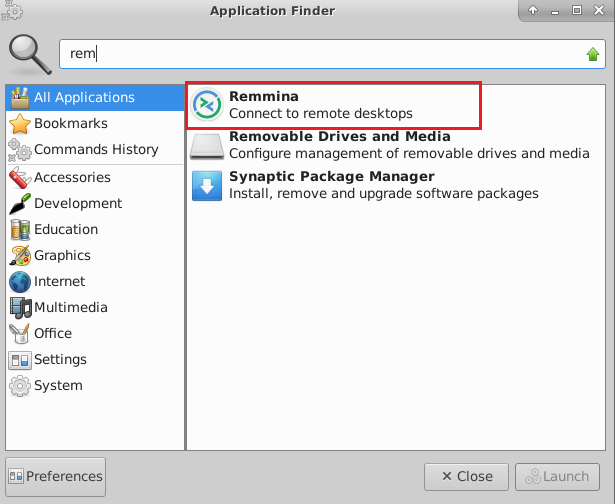
- In the “Remmina Remote Desktop Client” wizard, select the RDP option from dropdown and paste the external ip and click enter.
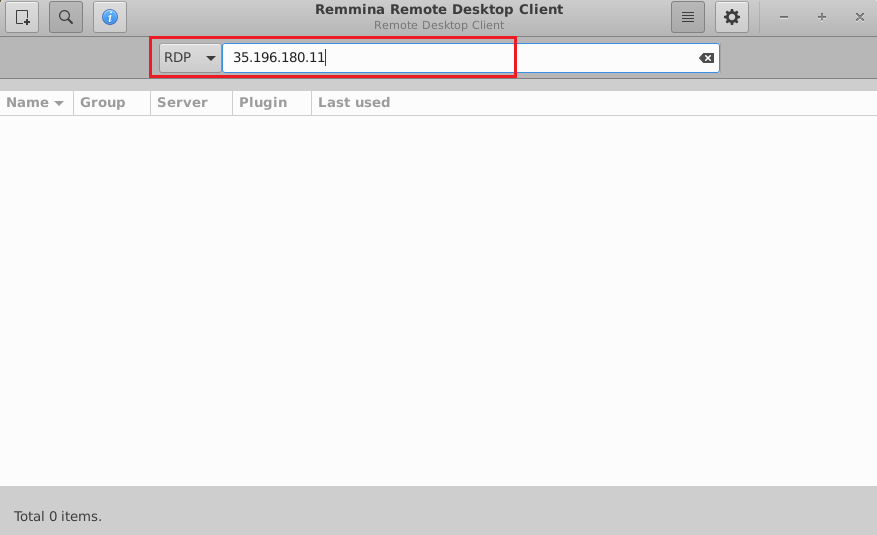
- This will connect you to the VM’s desktop environment. Provide “ubuntu” as the userid and the password set in above reset password step to authenticate. Click OK
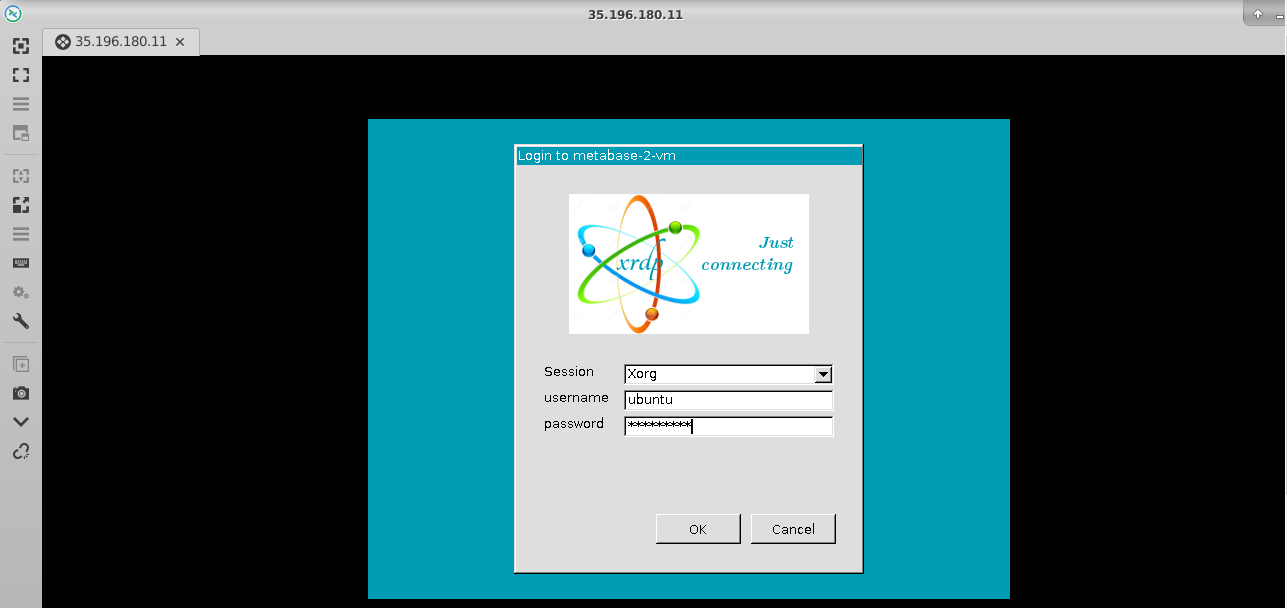
- Now you are connected to out of box TensorFlow Production and Development Kit environment via Linux machine.

- You can use the remote desktop you connected in above step for using the VM, however, more convenient and better method is to use the Jupyter/Ipython notebook which comes with the VM .
The Notebook is available on the same public IP you used for remote desktop and accessible via any browser. Just open the browser and type the public IP address (in this case http:// 35.232.87.128 ) and you will get below screen for login . Use “ubuntu” as username and the password you set in step 8 to login.
Note: Make sure you use “http” and not “https” in the url
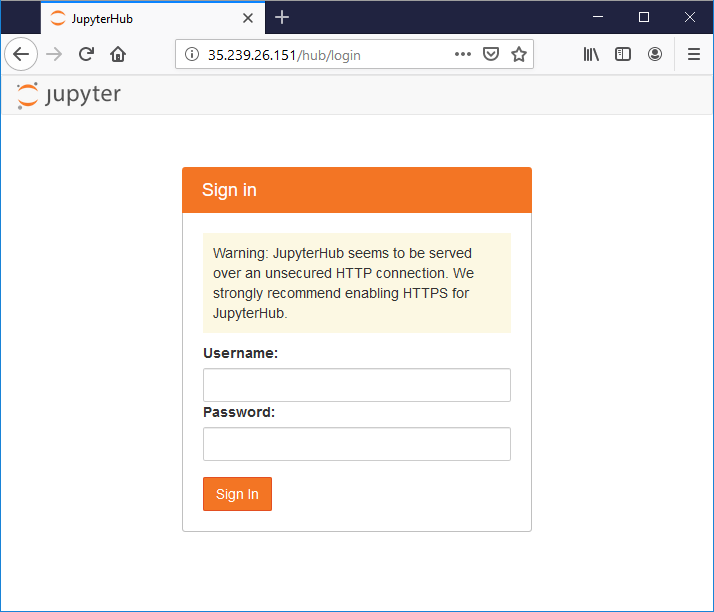
 ](https://techlatest.net/img/azure/tensorflow/marketplace.png)
](https://techlatest.net/img/azure/tensorflow/marketplace.png)














